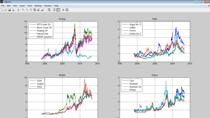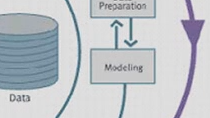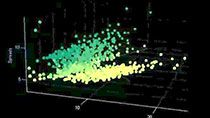Harnessing Advanced Financial Modeling Technologies with MATLAB
Alexander Diethert, MathWorks
Financial modeling stands as the bedrock of decision making in the finance industry, yet it is undergoing transformative changes in today's fast-paced and complex environment. Rapid advancements in mathematical methods, heightened regulatory demands, the transformative potential of cloud computing, the explosion of accessible data sources, and the rise of (generative) AI are revolutionizing the field. These developments make the work of financial professionals both exhilarating and challenging.
Modern modeling tools must harness these technologies in a user-friendly, transparent, and customizable manner. In this presentation, see how practitioners leverage MATLAB® to tap into a comprehensive ecosystem of data and tools for swift and robust modeling. Explore compelling examples, including econometric modeling tools, climate scenarios, geophysical data sources, and collaboration in multilanguage setups. Discover how MATLAB empowers financial professionals to stay ahead in an ever-evolving landscape.
Published: 22 Oct 2024




